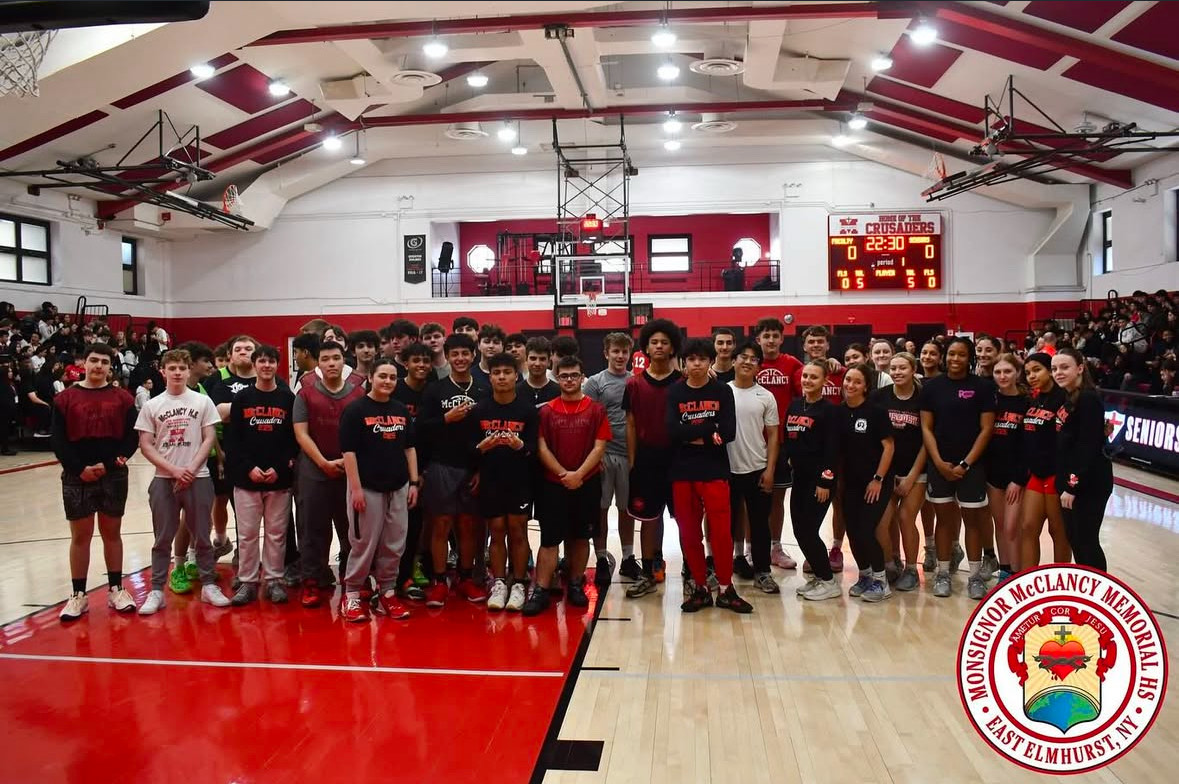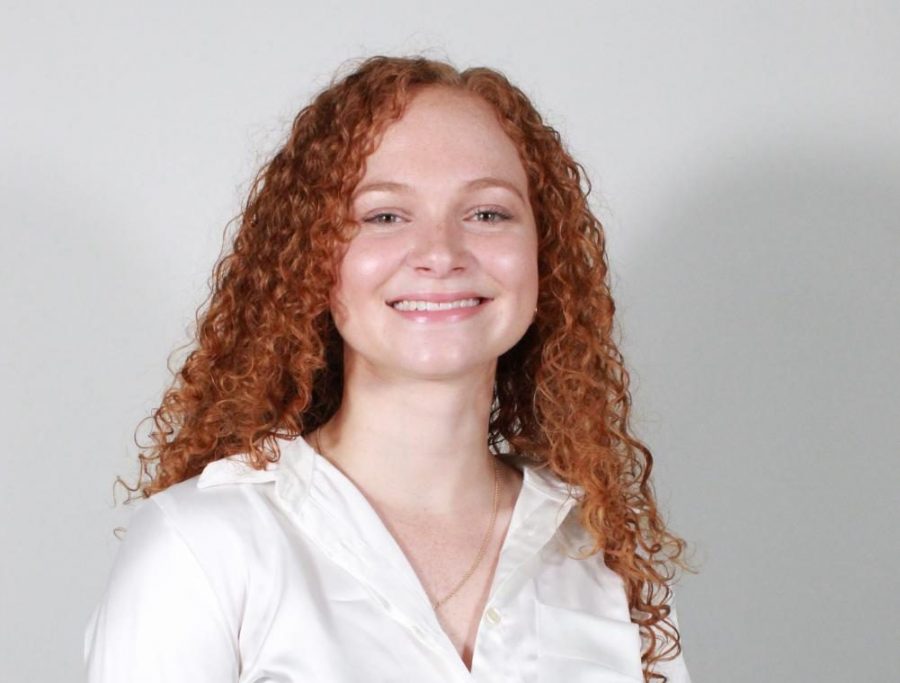This week, Mrs. Theresa Busso was laid to rest following a beautiful service at her longtime parish of Corpus Christi in Woodside. Mrs. Busso was the art teacher here at McClancy for many years and worked to support many extracurricular activities, including The Sentinel where she once served as moderator. It was her passing combined with what I experienced this week that led me to submit an article to this publication for the first time since June 2007.
About a month ago, I saw an announcement on social media that the Dominican order would be bringing major relics of St. Thomas Aquinas to various churches across the United States for veneration. This would occur during a three week tour in November and December marking the 750th anniversary of his death. I saw that there would be a stop in New York City, thought that it would be a meaningful experience to participate in, made note of the date, but then did not think about it for a while.
Saints provide us with positive examples of how to approach our daily lives in a godly way. Relics allow us to get close to the saints and focus our devotion by being in the presence of a part of them or something they have touched. The announcement appeared on my feed again a couple of weeks ago and I decided to examine the details. As a person who loves to travel and put myself in the rooms where history happens, how could I turn down this opportunity? Especially, St. Thomas Aquinas.
St. Thomas Aquinas is the patron saint of Catholic education. Those who attended Catholic elementary schools may know this fact, as the annual celebration of Catholic Schools Week is planned to coincide with his January 28 feast day. I always felt a special connection to him since I was first introduced to his teachings by my seventh grade Religion teacher at Northside Catholic Academy in Williamsburg. St. Thomas Aquinas was a brilliant theologian from the thirteenth century, who turned down wealth and power to become a Dominican friar. He approached Catholic doctrine through a combination of reading religious and other classical texts along with a deep application of logic. He was a man before his time as much of this approach to scholarship did not become the norm until after the Renaissance in the Scientific Revolution. While I am definitely not as intelligent as him, I have tried in my studies and career to use that same combination to obtain a deeper understanding of history and my faith.
As I checked further into the details, I realized that Friday, December 13 would be the day after my last class at Hunter College for my second master’s degree in School Building Leadership. I googled the location to see that St. Catherine of Siena, where the veneration would be happening, was close to Hunter. Those connections made me feel that the Lord was summoning me to participate. I felt a little strange about it though and did not tell anyone about it until just the day before. In retrospect, I should have shared it with colleagues and students and saw if others would have liked to share in the experience. That thought was the reason I felt it now important to write this article.
So, there I was in a beautiful church filled with scores of people gathering to be in the presence of the skull that once housed the mind of one of the most prolific thinkers in the history of the church. It was very serene and quite the juxtaposition from the noisy hustle and bustle of the city just outside the doors of the church. It was so quiet, until we filled the place with song and prayer. Each of us were invited to come very close, kneel down and pray near the reliquary. Since prayers are not like birthday wishes that do not come true if you say them out loud, this was my prayer.
I prayed for my parents, who supported my education in innumerable ways including spending their hard-earned money to send me to a Catholic middle school, then McClancy, then Stony Brook and even paid for my first master’s at Hunter. I prayed for my siblings, who have also given their adult lives to the education of young people. I prayed for my nieces and their education and formation into confident and well-rounded young women. I prayed for all of my current students and for all of my colleagues. I prayed for my former teachers, especially those I still have the pleasure of working with today. I prayed for my former students, some of whom I still get to work with each day. I prayed that as I came to the end of another academic journey that the application of the lessons I learned would be to the benefit of my students and colleagues in the years to come.
As I woke up the next day, I was suddenly struck by the memory of another prior connection that makes me feel blessed to have attended the veneration of the major relics of St. Thomas Aquinas. It was my freshman year at McClancy and I was working after school in the Art Room to finish some projects and improve my grade. Mrs. Busso was having a special meeting with The Sentinel staff on the other side of the room, and they were joined by a special guest that they were interviewing. It was a man who had met Mother Teresa, who has since been canonized as a saint, during her time ministering in Calcutta, India. I do not remember the details of what he said, but I remember being blown away by how being around such a holy person had impacted this man’s life. People cannot be considered third class relics, but this man was certainly touched by a saint, and it had a profound impact on his life.
St. Thomas Aquinas is known for his writings, especially his magnum opus, Summa Theologica, designed to be an instructional guide for theology students, but he also wrote the lyrics of hymns still sung in churches today. He had a special devotion to the Holy Eucharist and some of those hymn texts are especially appropriate to be used on the feast of Corpus Christi.



















































Barbara Yelverton • Dec 20, 2024 at 4:25 pm
This is the most beautiful and touching article. Very proud of you James!!